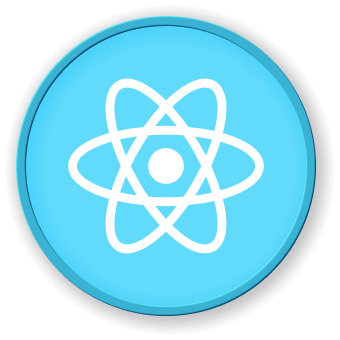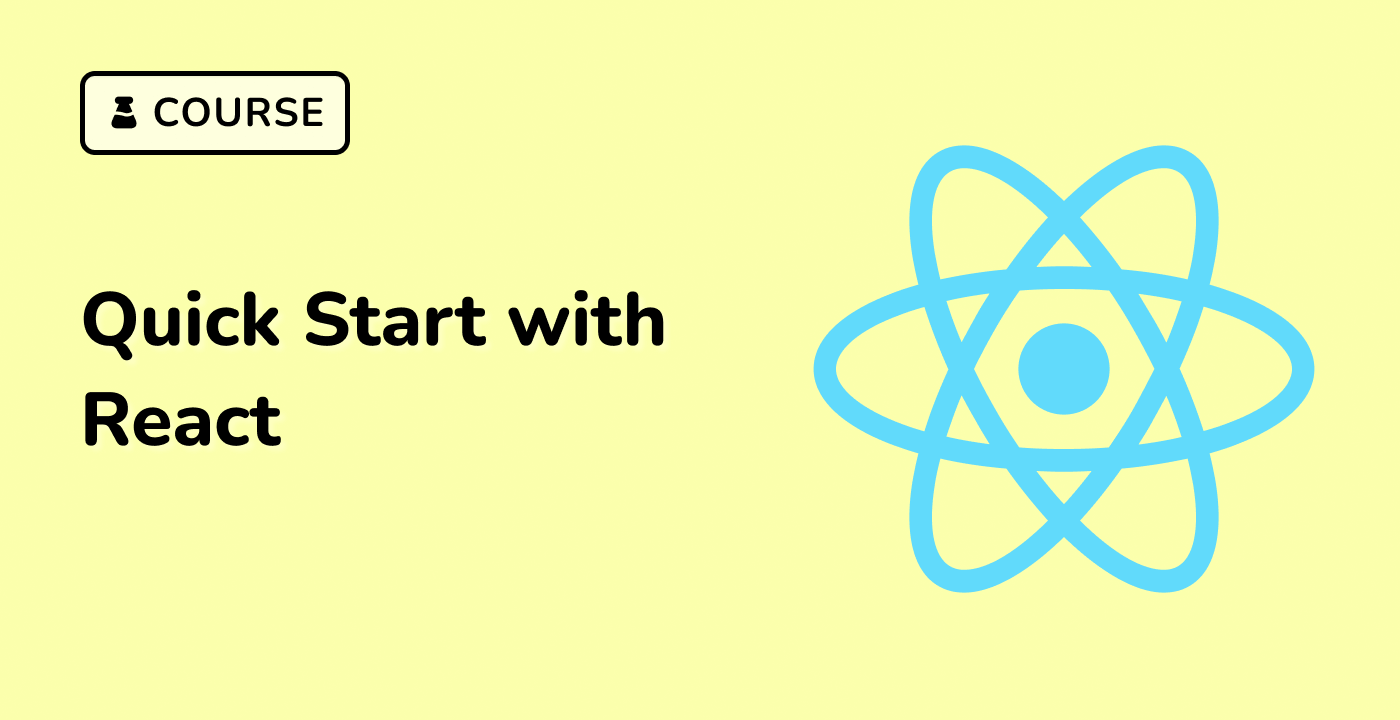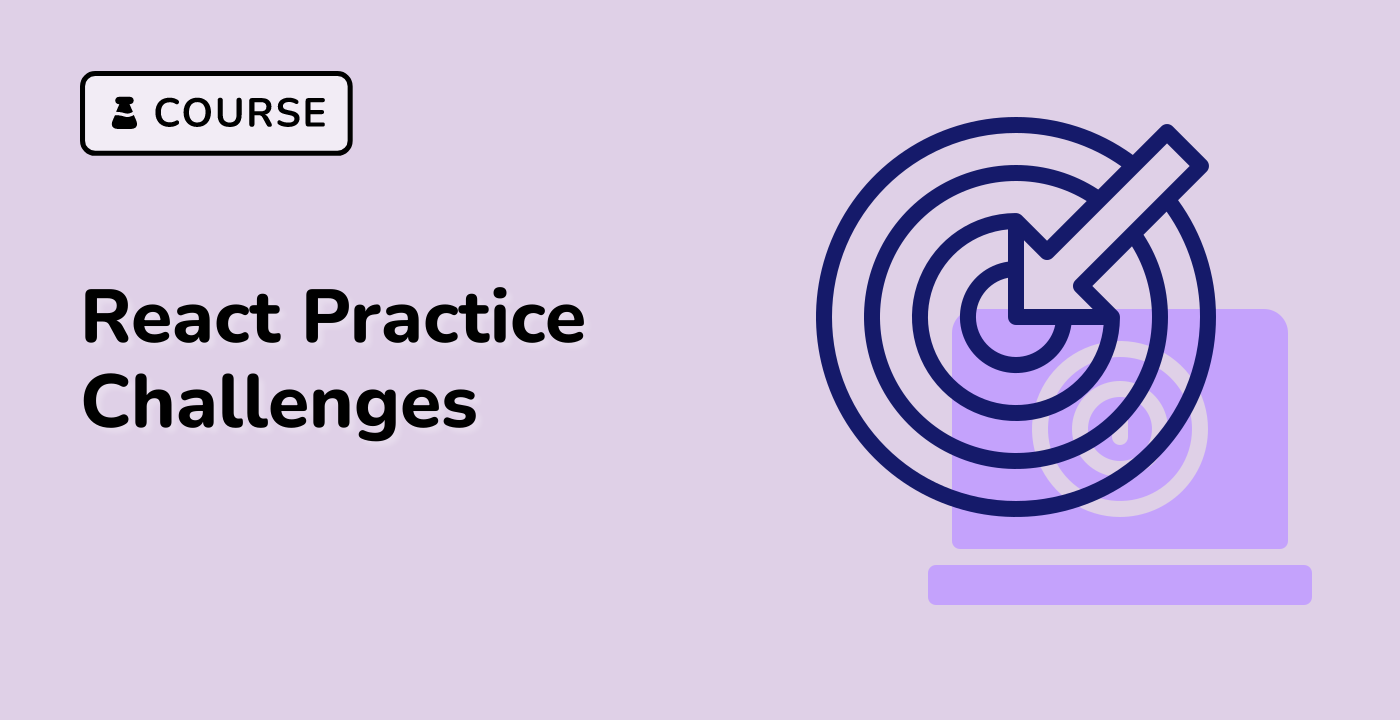React useEffectOnce Hook
index.html and script.js have already been provided in the VM. In general, you only need to add code to script.js and style.css.
The code below implements a function useEffectOnce(callback, when) that runs a callback only once when a when condition becomes true.
To implement this function:
- Create a variable
hasRunOnce using the useRef() hook to keep track of the execution status of the effect.
- Use the
useEffect() hook that runs only when the when condition changes.
- Inside the
useEffect() hook, check if when is true and the effect has not executed before. If both are true, run callback and set hasRunOnce to true.
const useEffectOnce = (callback, when) => {
const hasRunOnce = React.useRef(false);
React.useEffect(() => {
if (when && !hasRunOnce.current) {
callback();
hasRunOnce.current = true;
}
}, [when]);
};
Here's an example usage of useEffectOnce():
const App = () => {
const [clicked, setClicked] = React.useState(false);
useEffectOnce(() => {
console.log("mounted");
}, clicked);
return <button onClick={() => setClicked(true)}>Click me</button>;
};
ReactDOM.createRoot(document.getElementById("root")).render(<App />);
In the example, useEffectOnce() is used to log "mounted" to the console when the button is clicked for the first time. The useEffectOnce() hook is passed two arguments: the callback to run and the when condition to check. The when condition is set to the clicked state, so the callback runs only when clicked is true for the first time.
Please click on 'Go Live' in the bottom right corner to run the web service on port 8080. Then, you can refresh the Web 8080 Tab to preview the web page.




